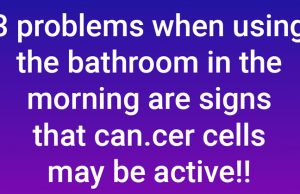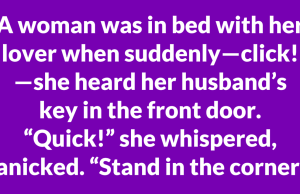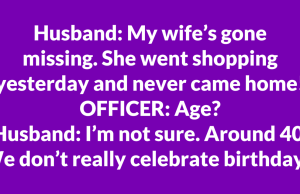Drifting off into la-la land isn’t always peaceful. If you have ever experienced (or witnessed) a hypnagogic jerk, you know they can be a bit startling. Fortunately, they are also completely normal, but keep reading to understand why this happens.
Scientists estimate that between 50 percent to 70 percent of all people have them, though most people don’t remember them because they fall asleep afterward, which makes them difficult to study, according to DNews.
When you are going to sleep at night your brain makes adjustments. This “shift change,” is the source of those twitches, or jerks, you see, according to DNews.
Your brain has two systems located in the middle just behind the eyes. The reticular activating system (RAS) is responsible for regulating your wakeful state. The transition from awake to sleep happens here. The ventrolateral preoptic nucleus (VLPO) helps keep you asleep by keeping other areas of your brain dormant, according to the Encyclopedia of Neuroscience.
About 90 minutes after you fall asleep your brain actually paralyzes you so that you don’t get up and start moving around while you are dreaming, according to Mental Health Daily. As you transition to sleep, the systems change accordingly. Because your body stops producing serotonin while you sleep (which helps control muscle movement as well as mood), this transition sometimes results in twitching, according to Mental Health Daily.
Scientists aren’t entirely sure why your body does this, though there are two popular theories, detailed below.
Some experts argue that the twitch is symptomatic of misfiring in your brain when you begin to dream.
Other scientists hypothesize that this instinct is tied to primate ancestors who needed to be woken up to prevent them from falling out of a tree, according to Mental Health Daily.
If you find that you experience these jerks frequently, you may consider reducing your caffeine intake and/or participating in meditation or other relaxation routines before bedtime as stress and caffeine may acerbate the reflex, according to Mental Health Daily.
RESOURCES MENTAL HEALTH DAILY, DNEWS, BBC, AND ENCYCLOPEDIA OF NEUROSCIENCE




















